CARING FOR SILVER TRAYS: SHINE THAT LASTS A LIFETIME
SILVER TRAY CARE: KEEP YOURS GLEAMING FOR AGES
TABLE OF CONTENTS:
THE ALLURE AND CHALLENGE OF SILVER: EMBARKING ON YOUR CARE JOURNEY THE SCIENCE OF SILVER: WHY TARNISH HAPPENS AND WHAT IT MEANS KNOW YOUR METAL: IDENTIFYING YOUR SILVER TRAY'S MATERIAL GATHERING YOUR SILVER TRAY CLEANING ARSENAL: TOOLS & SUPPLIES STEP-BY-STEP GUIDE: HOW TO CLEAN A SILVER TRAY SAFELY & EFFECTIVELY TACKLING HEAVY TARNISH AND STUBBORN SPOTS: ADVANCED TECHNIQUES THE GOLDEN RULES OF PREVENTING TARNISH ON YOUR SILVER TRAY SMART STORAGE SOLUTIONS: PROTECTING YOUR SILVER TRAY WHEN NOT IN USE SPECIAL CARE FOR ANTIQUE AND ORNATE SILVER TRAYS WHEN TO CALL A PROFESSIONAL: KNOWING YOUR LIMITS YOUR SILVER TRAY, YOUR LEGACY: MAINTAINING BEAUTY THROUGH TIME
THE ALLURE AND CHALLENGE OF SILVER: EMBARKING ON YOUR CARE JOURNEY
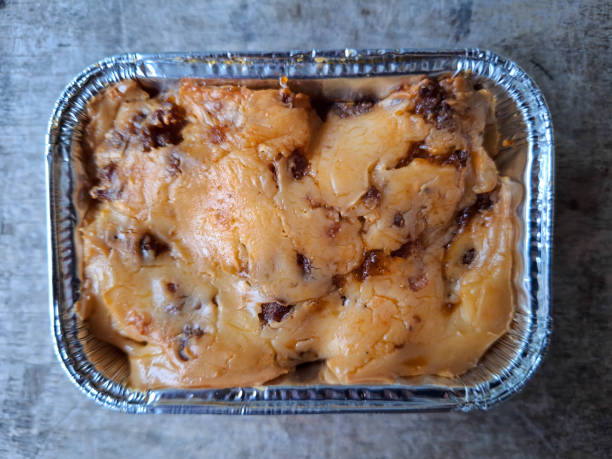
THE SCIENCE OF SILVER: WHY TARNISH HAPPENS AND WHAT IT MEANS
What is Silver Tarnish? A Chemical Explanation
Silver itself is a relatively unreactive metal. However, it reacts with sulfur compounds. These compounds are present in the air. Hydrogen sulfide is a common culprit. This reaction forms silver sulfide (Ag₂S). Silver sulfide is a black compound. This is the tarnish you see. The process is a type of corrosion. But it differs from rust on iron. Rust eats away at the metal. Tarnish primarily forms a surface layer. Several factors can accelerate tarnishing. High humidity is a major factor. Moisture in the air speeds up chemical reactions. Air pollution also plays a role. Industrial areas often have more sulfur compounds. Certain foods are rich in sulfur. Eggs, mayonnaise, onions, and mustard are examples. Direct contact with these can cause rapid tarnishing. Even the natural oils from our skin can contribute over time. Understanding these factors helps in preventing tarnish on silver tray pieces.
Distinguishing Tarnish from Damage
It is crucial to differentiate tarnish from actual damage. Tarnish is typically a surface discoloration. It often starts as a yellowish hue. It can progress to brown. Then, it turns to a dark grey or black. Tarnish can usually be removed with proper cleaning. It does not structurally compromise the silver. Actual damage is more serious. This includes deep scratches or gouges. Dents from impact are another form. Pitting, or small holes, can occur. This might be from prolonged exposure to harsh chemicals. Severe wear on silver-plated items is also damage. The base metal may show through. Tarnish removal methods will not fix these issues. Such damage often requires professional restoration. Knowing the difference is key. It guides your silver tray care approach.
Is Tarnish Always Bad? The Patina Debate
For most everyday users, tarnish is undesirable. The goal is a bright, reflective shine. However,the concept of "patina" exists. Patina refers to the soft sheen. It develops on silver over many years. This includes an even, light layer of tarnish. It can also include fine scratches from use. Some collectors highly value patina. Especially on antique silver pieces. They feel it adds character and authenticity. It tells the story of the item's age. Aggressively removing all tarnish from an antique can diminish its value. This is true in certain collecting circles. However, heavy, uneven, or black tarnish is rarely desirable. Even on antiques. For most functional silver trays , a clean finish is preferred. If you own an antique, research its specific type. Consider consulting an expert. This helps before undertaking aggressivesilver tarnish removal . This guide focuses on maintaining a clean, usable shine. This is suitable for most contemporary and heirloomsilver trays .
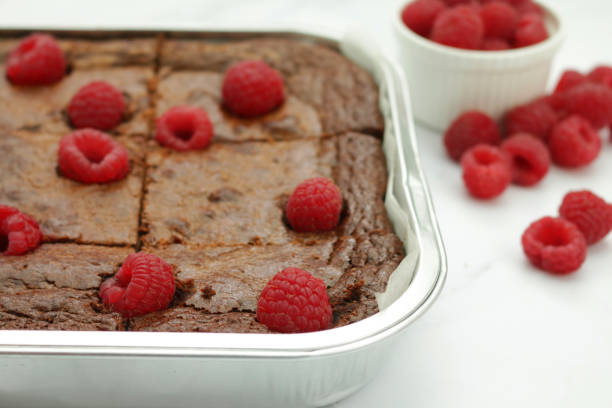
KNOW YOUR METAL: IDENTIFYING YOUR SILVER TRAY'S MATERIAL
Sterling Silver Trays (92.5% Pure Silver)
Sterling silver is a high-quality standard. It consists of 92.5% pure silver. The remaining 7.5% is other metals. Usually, this is copper. Pure silver is too soft for practical use. Alloying it with copper adds strength. Sterling silver is highly valued. It has a beautiful luster. It is also quite prone to tarnish. Look for specific hallmarks. Common sterling marks include "STERLING". The number "925" also indicates sterling. ".925" means the same. In British silver, a "Lion Passant" mark is common. Other country-specific marks exist. Sterling silver requires regular, gentle silver tray care . This maintains its beauty. Due to its softness, avoid harsh abrasives. These can easily scratch the surface.Maintaining silver tray shine on sterling is a commitment.
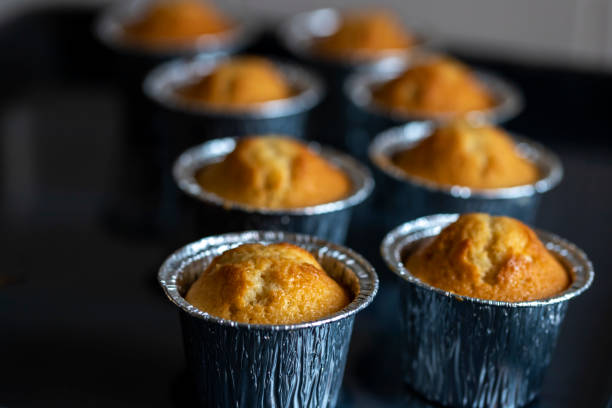
Silver-Plated Trays (Base Metal with Silver Coating)
Silver-plated trays are more common. They are generally more affordable than sterling. These trays have a base metal core. Common base metals include copper, brass, or nickel silver. A thin layer of pure silver is electroplated onto this core. The quality of plating can vary. Thicker plating lasts longer. Markings for silver-plate differ from sterling. Look for terms like "SILVER PLATE". "EPNS" (Electro Plated Nickel Silver) is common. "EP" (Electro Plated) is another. "A1" or "Quadruple Plate" indicate higher quality plating. If no sterling marks are present, it is likely plated. The primary care concern for plated silver is preserving the plating. Harsh cleaning or excessive abrasion can wear it away. This exposes the base metal. This significantly reduces its appearance and value. Antique silver tray cleaning for plated items needs extra care.
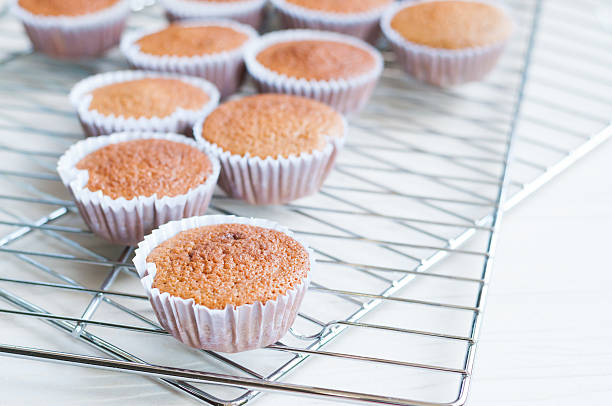
Antique Silver Trays: Special Considerations
Antique silver trays require careful handling. An item is generally considered antique if over 100 years old. These pieces can be sterling or plated. They often have unique historical or artistic value. Look for maker's marks. These identify the silversmith or company. Style and provenance (history of ownership) also indicate age.The primary rule for antique silver tray cleaning is conservatism. Gentle methods are paramount. Avoid altering the original character if possible. Some patina might be desirable. If you suspect your tray is valuable, seek professional appraisal. This should be done before intensive cleaning or restoration. A professional can advise on appropriate care. They can also perform safe restoration if needed.
Other "Silver" Types and Considerations
Occasionally, you might encounter other silver types. "Sheffield Plate" is an older plating method. It involves fusing silver sheets to copper. It predates electroplating. "Coin Silver" typically means 90% silver. It was common in American silver before sterling standards. Each has unique characteristics. Their care might vary slightly. If unsure, research specific marks. Or, consult a silver expert. The general principles of gentle cleaning apply. Avoid harsh abrasives. Minimize tarnish-inducing conditions. These are universal for all silver items.
GATHERING YOUR SILVER TRAY CLEANING ARSENAL: TOOLS & SUPPLIES
Essential Soft Materials for Gentle Cleaning
The foundation of your kit is soft cloths. These are for washing, polishing, and buffing. Soft Cotton Cloths: Old, clean cotton t-shirts work well. Flannel is another excellent choice. Ensure they are 100% cotton. Avoid synthetic blends that might scratch.Microfiber Cloths: High-quality microfiber cloths are great. They are non-abrasive. They lift dirt and polish residue effectively. Use separate ones for cleaning and buffing.Cotton Balls and Swabs: These are perfect for intricate areas. Use them for cleaning engravings, filigree, or tight corners. They allow precise application of polish.Cellulose Sponges: If using a sponge for washing, choose cellulose. Ensure it is non-abrasive. Avoid sponges with scouring pads attached. These will scratch silver badly.
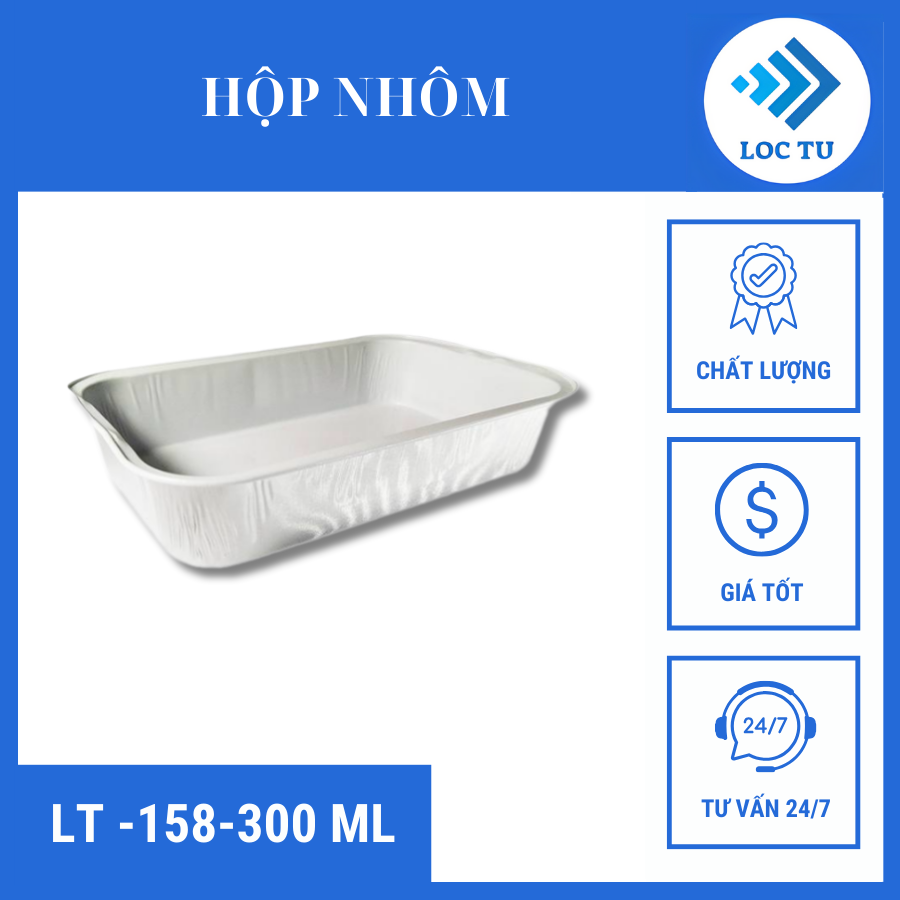
Recommended Cleaning Agents: Commercial & DIY Options
Choosing the right cleaner is vital. There are reputable commercial products. Some DIY methods can also be effective. However, use DIY solutions with caution. Reputable Commercial Silver Polishes: Creams: Many consider cream polishes the best. They are gentle yet effective. They often contain an anti-tarnish agent. Apply with a soft cloth. Examples include Wright's Silver Cream or Hagerty Silver Polish.Liquids: Liquid polishes are also common. They can be easier to apply to larger areas. Ensure they are non-abrasive. Some may be slightly harsher than creams.Foams: Foaming polishes are good for intricate items. The foam can reach into crevices. They usually require rinsing.Polishing Cloths: These are pre-treated cloths. They contain polish. Good for light touch-ups. Not ideal for heavy tarnish.
Gentle Dish Soap: Use a mild, non-abrasive liquid dish soap. This is for the initial washing step. It removes grease and loose dirt. Choose one without citrus, phosphates, or bleach.DIY Options (Use with Extreme Caution): Baking Soda and Water Paste: Mix baking soda with a little water. Form a thin paste. This is mildly abrasive. Use VERY gently, primarily on stubborn spots. Avoid on plated silver if possible. Rinse thoroughly.Baking Soda, Aluminum Foil, Hot Water Bath (Electrolytic Method): This method removes tarnish chemically. Line a non-metallic bowl with aluminum foil (shiny side up). Place silver items on the foil. Sprinkle with baking soda. Add hot (not boiling) water to cover. A faint sulfur smell is normal. This can be effective. However, it can remove desirable patina on antiques. It may be risky for thinly plated items.Toothpaste (Generally NOT Recommended): Old advice often mentions toothpaste. Most modern toothpastes are too abrasive. Whitening agents or gel formulas are harmful. If ever considered, use a plain white, non-gel, very low-abrasive paste. Test on an inconspicuous spot. It's best to avoid this method. Commercial polishes are safer.
Tools and Substances to AVOID AT ALL COSTS
Using the wrong items can ruin your silver tray . This damage is often irreversible. Be vigilant.Abrasive Scourers: Never use steel wool. Avoid green scouring pads or abrasive sponges. These will deeply scratch silver.Harsh Abrasive Cleaners: Powdered cleansers like Comet or Ajax are too harsh. They will scratch and dull the finish.Acidic Cleaners (Undiluted or Prolonged Use): Vinegar or lemon juice are acidic. While sometimes mentioned in DIY recipes, use with extreme care. Prolonged contact can etch silver. Especially if undiluted.Dishwashers: Generally, avoid putting anysilver tray in the dishwasher. The harsh detergents are corrosive. High heat can damage silver. Other items can knock against the tray. This causes scratches or dents. Handwashing is always preferred for silver.Rubber: Do not let rubber contact silver. Rubber bands or rubber gloves (unless nitrile) contain sulfur. This causes severe, difficult-to-remove black tarnish.
EXPERT WARNING: The Abrasive Danger – A Permanent Threat
Loc Tu: Pioneering Excellence in Premium Aluminum Packaging Solutions
Why Choose Loc Tu:
✅ Assured Quality & Safety: Crafted from premium, food-grade aluminum, free from harmful impurities, meeting international safety benchmarks.
🔥 Optimal Thermal Properties: Ensures even cooking and excellent heat retention, preserving food temperature and taste effectively.
💪 Durable & Convenient Design: Engineered to resist leaks and dents, providing reliable performance for baking, storage, and transport.
🔄 Versatile Solutions: Our extensive range caters to various applications – from baking and steaming to storing fresh food and takeaway meals.
🌱 Eco-Conscious Packaging: Made from 100% recyclable aluminum, supporting sustainability and reducing plastic waste.
🎯 Brand Enhancement: Optional custom printing available to personalize products and boost your brand visibility.
🚚 Reliable Supply & Delivery: Capable of handling large orders with dependable, on-schedule nationwide shipping.
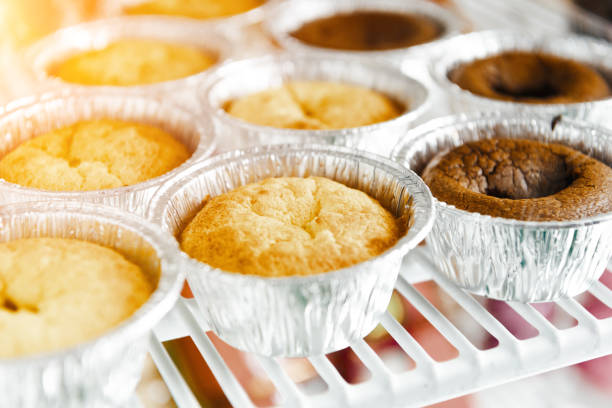
Your Trusted Partner in Food Packaging 📞
📌 LOC TU MANUFACTURING & TRADING CO., LTD
📌 Website: ALUMINUMFOILVN
📌 HOTLINE/ZALO: +84.969.787.309
📌 Facebook: Khay nhom thuc pham
📌 Youtube: Khay nhom thuc pham Loc Tu
📌 Tik Tok: Khay nhom Loc Tu
📌 Shopee: Khay nhom thuc pham Loc Tu
📌 Telegram: Khay Nhom Thuc Pham Loc Tu
📌 Whatsapp: +84.969.787.309
📌 Branch 1 (Hanoi): No. 1 Pham Tu, Beasky Building, Dai Kim Ward, Hoang Mai District, Hanoi
📌 Branch 2 (Binh Duong): No. 68, DX 051 Street, Group 17, Quarter 4, Phu My Ward, Thu Dau Mot City, Binh Duong Province
📞 Contact us today for expert consultation and the best pricing on premium aluminum trays, foil, and food packaging solutions! 🚀
LOC TU PRODUCTION AND TRADING COMPANY LIMITED
Branch 1 (Binh Duong): No. 68, DX 051 Street, Group 17, Quarter 4, Phu My Ward, Thu Dau Mot City.
Branch 2 (Hanoi): No. 1 Pham Tu, Beasky Building, Dai Kim Ward, Hoang Mai District.
Hotline/Zalo: +84.969787309
Website: Khaynhomthucpham.com
Email: [email protected]